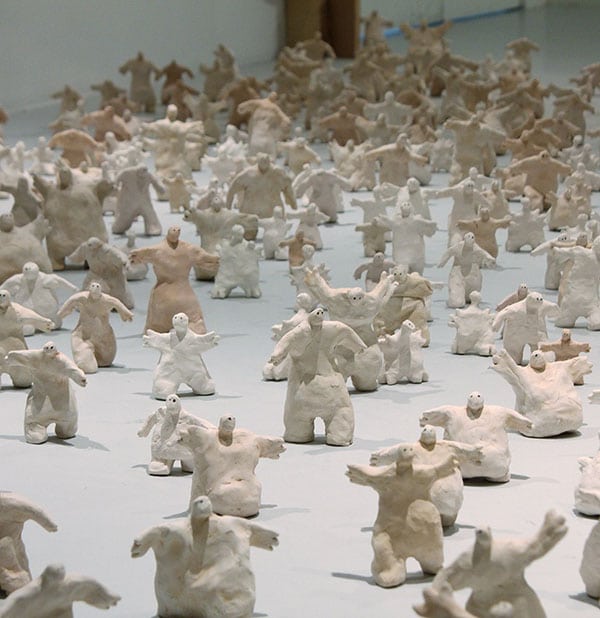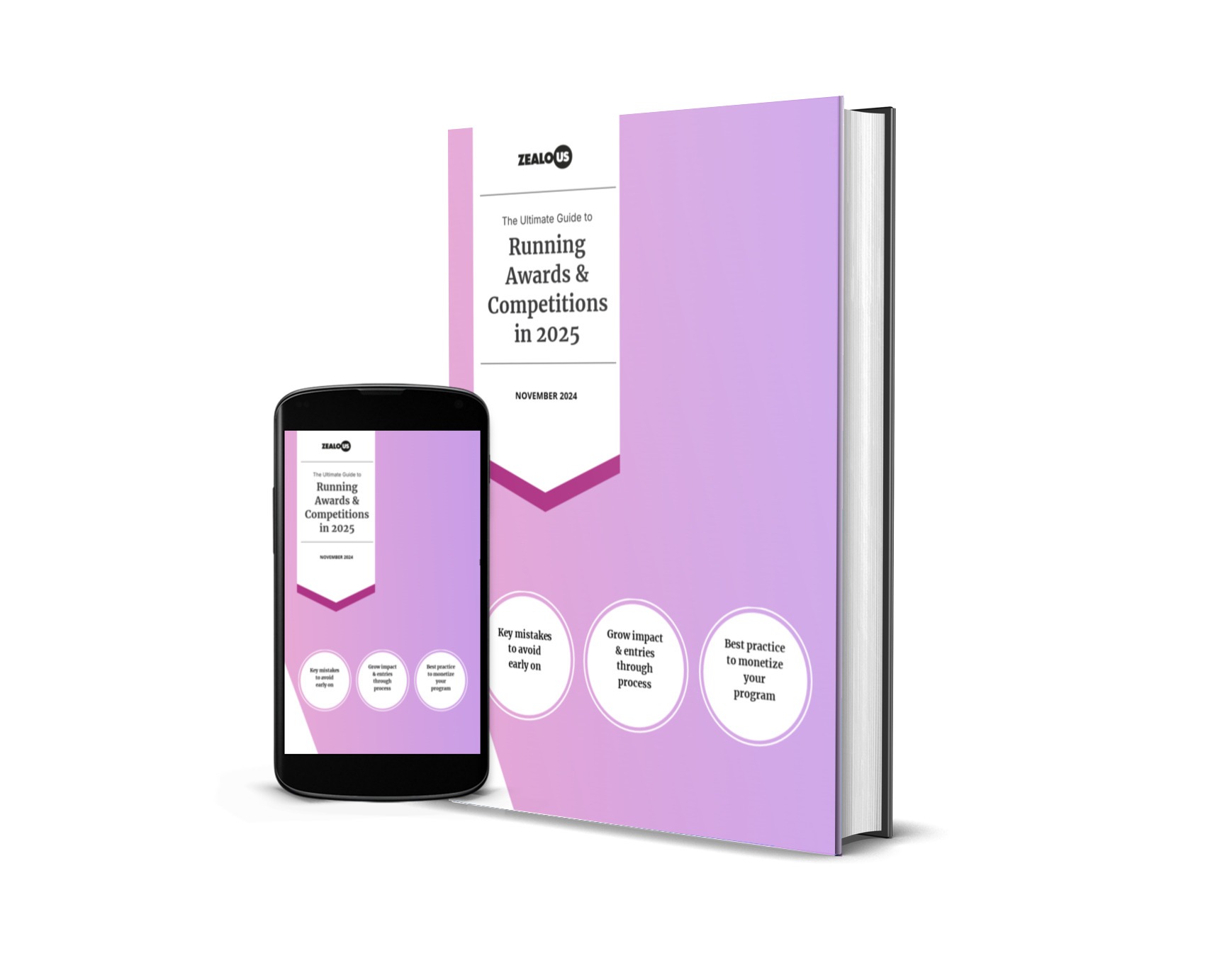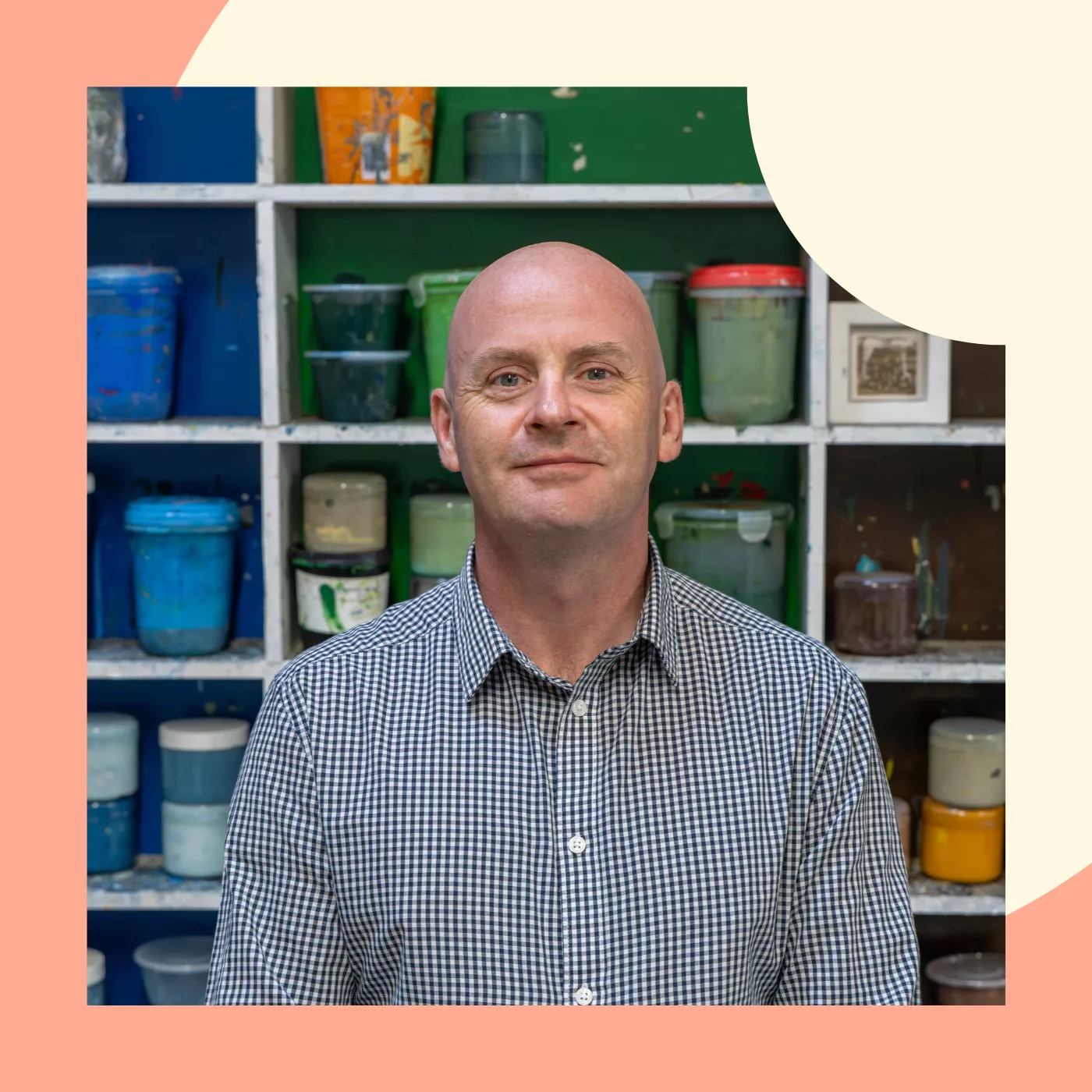Avoid the White Elephant

The arts are the perfect catalyst in bringing people together. Commissioning creative work can create meaningful conversations and cross pollinate the communities that you serve (your audience, stakeholders, clients, residents). But doing it wrong could do the exact opposite. Dropping a piece of art chosen by a select few in a space is unlikely to be well received by those who occupy it. This leads to expensive white elephants, ignored by those they were intended for.
This short guide aims to help you avoid the pitfalls and maximise engagement with your communities during the commissioning process.
Go Local

Nothing says you care more about the people that make up your community than providing the opportunity to be celebrated. Opening submissions up to local artists allows you to demonstrate that you are willing to invest in your area and enrich those that surround you. This will guarantee an interest in your commission as the community is being celebrated in the process.
This also generates dialogue with the people closest to you and creates positive stories that could be sent to the local press.
Rewards
- Support local talent
- Guarantee buy-in from your community
- Potential stories for the press
- Socially responsible
- Trickle-down effect, enriching those close to you
- Potential of finding the next big local star
Risks
- Opening up to anyone means you can’t control quality
- The local community may not have any artists
Mitigating Risks
- Local boundaries can be extended to increase chance of finding the correct talent (i.e. Canary Wharf > Tower Hamlets > East London > London)
- Serving a community isn’t always a geographic restriction – if you wish to celebrate black history month, this could be all black artists in the UK (or even globally)
Themes that Matter

When commissioning work, picking a theme that is in line with your values shows dedication to a cause. This creates conversation with those you serve around topics you care about. It can also tie into social responsibility and funding obligations.
If you wanted to find out a little more about those you serve (employees, audiences), you could give them a say in picking the theme you wish to address. This could be as simple as allowing them to pick from a list of 5.
Giving your communities a say on the theme, is a simple way of allowing you to make them feel like they have a stake in the project. Be sure to publish the results so participants feel their feedback was considered. This could also tie in well with stories for your marketing and PR departments.
Rewards
- Highlight your values
- Discover what your communities care most about
- Low effort way of giving people a stake in your commission
- Socially responsible
- May be in line with your funding obligations
- Stories for the press
Risks
- Your community may not reflect your own values
Mitigating Risks
- Understanding that your community cares about something completely different to you is a valuable insight. Embracing it and creating dialogue with art around that contrast will allow you to breakdown the barriers. It will also show you are willing to engage in a meaningful way.
Celebrity Judges

Inviting others to help you select the candidates you will be commissioning allows you to deepen engagement with key stakeholders. “Celebrities” need not mean Grayson Perry; these could be high level individuals that make up your communities – your board, leaders of associations in your area and respected figures who reflect your theme.
If you have access to high level individuals, this will vastly increase exposure to the work you are doing and will lead to more submissions. Do make sure they are relevant – are they interested in the theme you are covering, the communities you serve and the location of your commission? Local “celebrities” can be just as effective.
Picking the right judges will also reflect the diversity of candidates submitting to you. Having a diverse panel of judges will allow you to cross pollinate communities and create conversation.
Rewards
- Increased submissions
- A chance for more diverse candidates to be considered
- A notable story for the local/national press
- Bring people together and generate dialogue
- Create meaningful relationships with others
Risks
- Loss of control over the selected candidates to be commissioned
Mitigating Risks
- Picking the right panel of people to help you with the final selection should mitigate any issues with the quality of the candidates selected. If you wanted to hedge your bets, you could always pick from the top 3, but this comes at a cost of potentially undermining your judge’s decision. A better solution would be to control the shortlist that goes to the judges, removing any candidates you feel would be hard to select early.
Shortlist Ambassadors

If you’re successful in taking submissions for your commission, you may be faced with a large pool of candidates to go through. This is the perfect opportunity to engage further with your stakeholders. Why not invite them to shortlist candidates? Done correctly this gives them a stake in the process and will get them excited about the results.
Judges for your shortlist could be made of brand ambassadors, your team, members of associations, stakeholders or even some of your audiences who would like to take part.
Rewards
- Make those you work with feel valued
- Give a small stake in your project to those that matter to you
- Naturally keeps stakeholders updated on progress
- Save time on shortlisting
- Create word of mouth, get more submissions
Risks
- Issue in quality control over what shortlist judges see
- Managing multiple parties to judge can be time-consuming
Mitigating Risks
- Since shortlisting candidates is raw, not all applications judges will view will be of high quality. Make sure those invited to this round understand that they will see everything. Alternatively, you could filter out any submissions before passing them on to be shortlisted.
- Save time managing judging – streamline your process online (that’s something we can help you with!).
Public Vote

If you’re trying to capture the voices of a whole borough, it will be hard to invite them individually to help you with your shortlist or final selection.
Opening a public vote allows you to capture the voices of thousands of people. If marketed properly, this can lead to huge engagement with your project and give your communities buy-in with the commission. This also gives you a chance to increase signups to your newsletter. Once your commission is ready, people who voted will be curious to see what was created.
Public voting can be seen as a popularity contest, instead of a measure of excellence. If this is something you care about, make sure to market the public vote to ensure that every entry gets a fair chance.
Rewards
- Engage with large amounts of people
- Grow your audience and marketing lists
- Create word of mouth (artists sharing for votes)
- Create a story about capturing the voices of your community
- Potential local press coverage
Risks
- The public may not pick something you agree with
Mitigating Risks
- Allowing the public to vote after your shortlist allows you to have some control over the potential winners. This, however, limits the number of people you will have engaged with you (artists that haven’t been selected won’t share with their networks).
- A better solution is to have a separate reward for the entry selected by the public, allowing you to engage with them, but not find yourself in a situation where the work doesn’t reflect your needs.
Conclusion

Building engagement into your process allows people to feel like they are a part of the journey. Giving them a stake in the finished product makes them feel valued. This brings communities together and mitigates the risks when putting projects in spaces that your community occupy. If they care, they will show up and respect the work presented to them.
The simple steps above can fundamentally change how people perceive you. They can be mixed and matched in any way to help you reinvigorate spaces and the people that occupy them. They allow you to create a story from the very start of your process, which can catalyse your marketing and PR.
We’ve just skimmed the surface, so should you need more information or are curious about how we can support you engage with your communities and make places through art, don’t hesitate to contact us.
Want us to write more content like this? Give it a like
Share

Guy Armitage is the founder of Zealous and author of “Everyone is Creative“. He is on a mission to amplify the world’s creative potential.









